|
I couldn't imagine my garden without sparrows. This cheeky bird, the House Sparrow (Passer domesticus) comes to my garden feeders and tables mob-handed, often in flocks 20 strong or more. Each day you'd swear they hadn't eaten in a week by the way they go at the feeders and the scraps on the ground, often stealing from under the beaks of rooks and magpies and squabbling amongst themselves for the tastiest morsels. They are insect feeders during the breeding season and into the summer months though they revert to a traditional fare of grain and seeds come the autumn and winter, a hark back to the historic association with man and the farmed landscape. Originally, sparrows fed on grass seeds from winter to spring but farmers of the Levant selected many and planted them as crops. As cereal cultivation spread throughout the Middle East, into Europe and eventually to the island of Ireland, sparrows came too. Common and widespread throughout Ireland, sparrows are found wherever buildings are present including abandoned cottages, farm buildings and the urban spaces of towns, villages and cities. They build their nests in cavities formed by missing masonry or holes, especially under eaves of buildings, but although regularly in the top 20, their numbers have declined in many areas in recent years (catastrophic in many cities across Europe in the late 80s and 90s) which is due to a decrease in insect species during breeding months but also a lack of nest sites. They will happily use nestboxes and you can build or buy special sparrow terrace to ensure that they can nest together. Besides the assault on bird feeders everywhere sparrows will be found foraging on leaf-covered ground and beneath hedgerows, hopping and scratching, backwards and forwards. Turning over the leaves or soil with eyes and beak trained on the ground, ready to snatch up any newly exposed insects or grubs or fallen seeds; they use the same technique beneath bird feeders. Beside the provided food of seeds and peanuts they will also take all kinds of scraps from the bird table, nip off tree buds and search for spiders and insect larvae beneath the canopies of trees and shrubs. A cautionary tale: We all know that wildlife is being driven from the face of this planet by the depredations of people, reducing their habitat to increase our own for housing and infrastructure and agriculture and maybe creating future ecological imbalances of which we are unaware.. Few imbalances, however, can compare with the fate of the sparrow in China. In 1958, the then Chairman of the People’s Republic of China, launched a campaign called the “Great Leap Forward”, in which he designated 4 pests: rats, flies, mosquitoes and sparrows – because the first three transmitted disease and the last ate the valuable rice and grain harvest and, deciding that China could do without these pests, aimed for their total eradication. The people were encouraged, (by way of a bounty) to kill all the sparrows, chasing them into the air with noisy pots and cymbals and catching and killing those that became too tired and fell to the ground. Sparrow nests were destroyed, their eggs broken and the chicks killed. or they were simply shot out of the sky. It is estimated that some hundreds of millions of birds were said to have been exterminated in this campaign, it so depleted the sparrow population in China they were pushed to near extinction. The impact of this ill-conceived decision to exterminate all sparrows upset the ecological balance and when, 3 years later, a severe plague of locusts came, which were normally kept in check by........yes, sparrows, there were not enough sparrows to cope with the outbreak and the locusts destroyed the rice and other grain crops. Although a drought was already causing problems in China at that time, the ecological imbalance caused by the absence of the locust's natural predators is credited with exacerbating the Great Chinese Famine, in which over 15 million people starved to death. They removed sparrows from the list of pest species and the Chinese government eventually resorted to importing 250,000 sparrows from the Soviet Union to replenish their population. Described as having dark brown upperparts with heavy dark streaking, a mix of chestnut and buff on the wings and grey underparts. The male has chocolate brown nape, dove-grey crown and large black bib while the female is much plainer with a buff eyestripe. They may not be considered the most colourful of birds but catch them in a certain position and their brown on brown markings are really pretty. They are, besides the starlings, the most active and noisy birds in the garden, - they're not called a Quarrel of Sparrows for nothing. Sending out a series of continuous cheeps and chirps and tweets, repeated almost incessantly during the day and by males for much of the year, to announce his presence and to hopefully attract a female. They have a favourite perch here, a dense and spiny blackthorn, in which late in the day they gather for their version of socialising, a chattering, bickering conversation between them before the roost falls silent and they vanish into the dense cover for the night. Photo credits: 1 - David Mitchell. 2 - B.. Burke. 3 - John Harding BTO. 4 - Tracy Lowery. 5 - Zhanghong. 6 - See-ming Lee. 7 - Darren Swim
1 Comment
8/17/2023 10:23:53 pm
I'm a decent sprinter," I licked my dry lips. I felt his hand move between us, snatching my internal thigh and crushing as he murmured back.
Reply
Leave a Reply. |
WildEdges
A haven of quiet countryside highlighting issues affecting the natural world. Categories
All
|
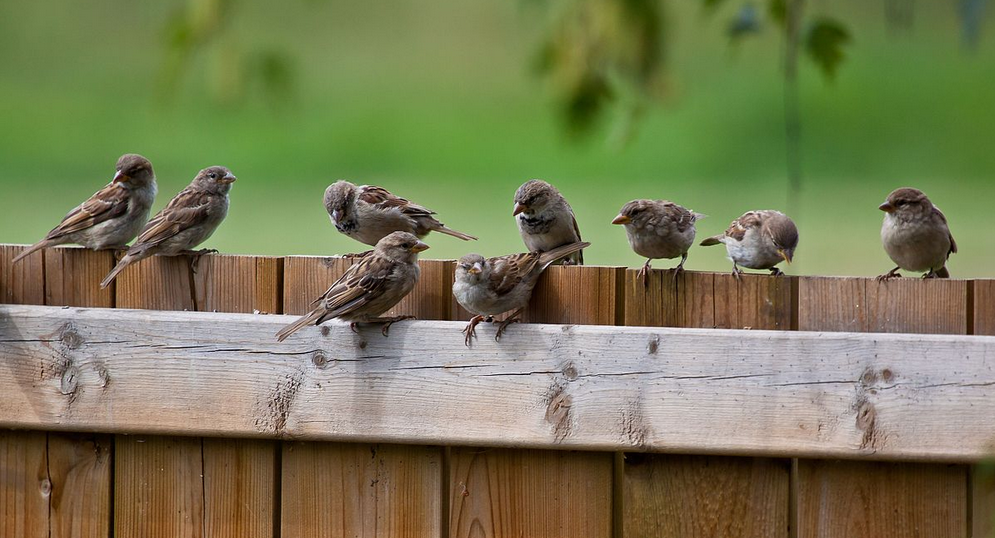

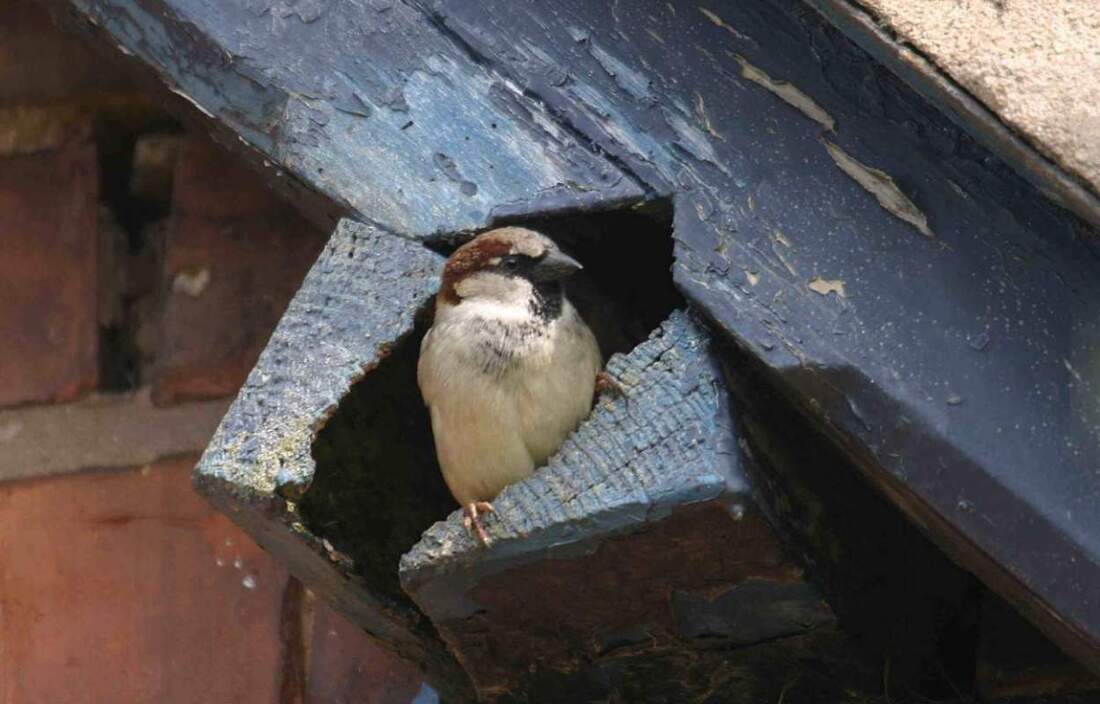
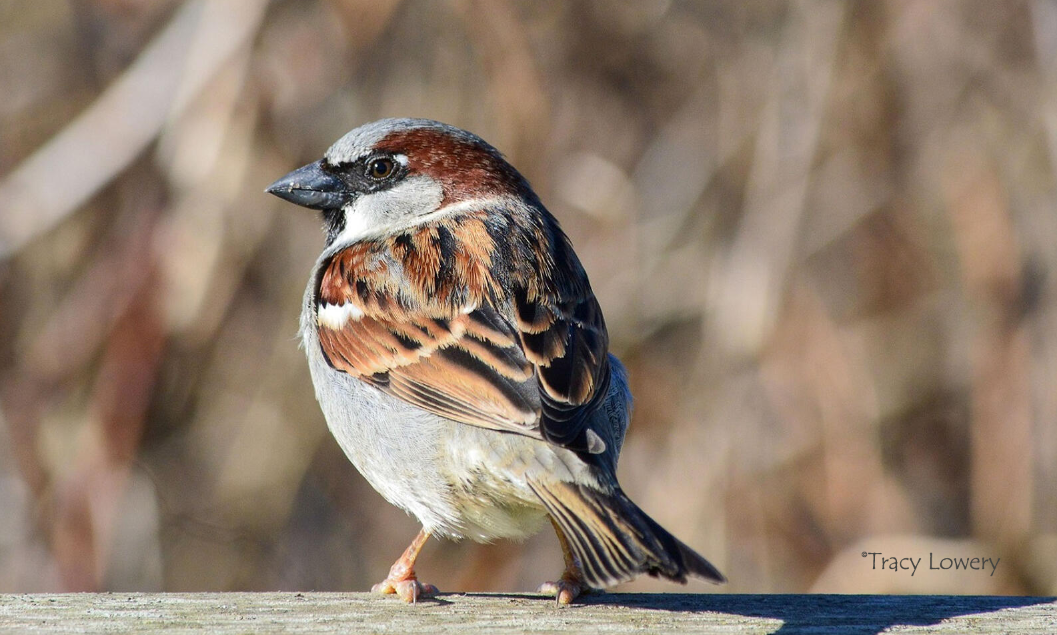
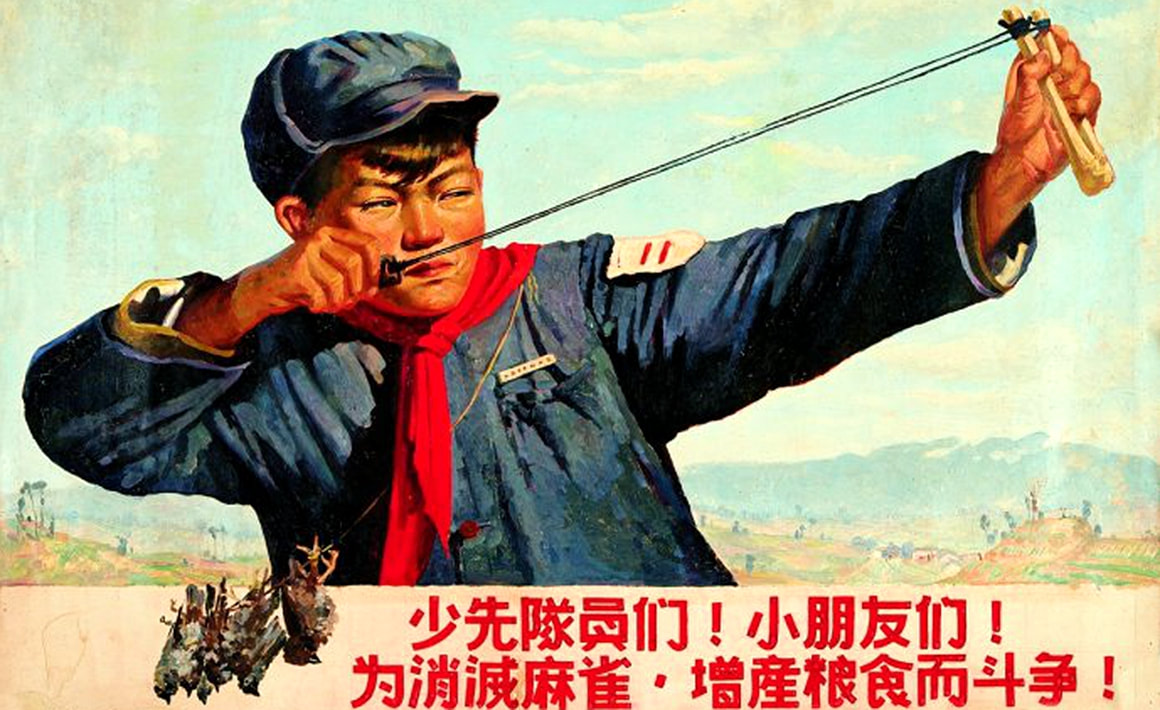

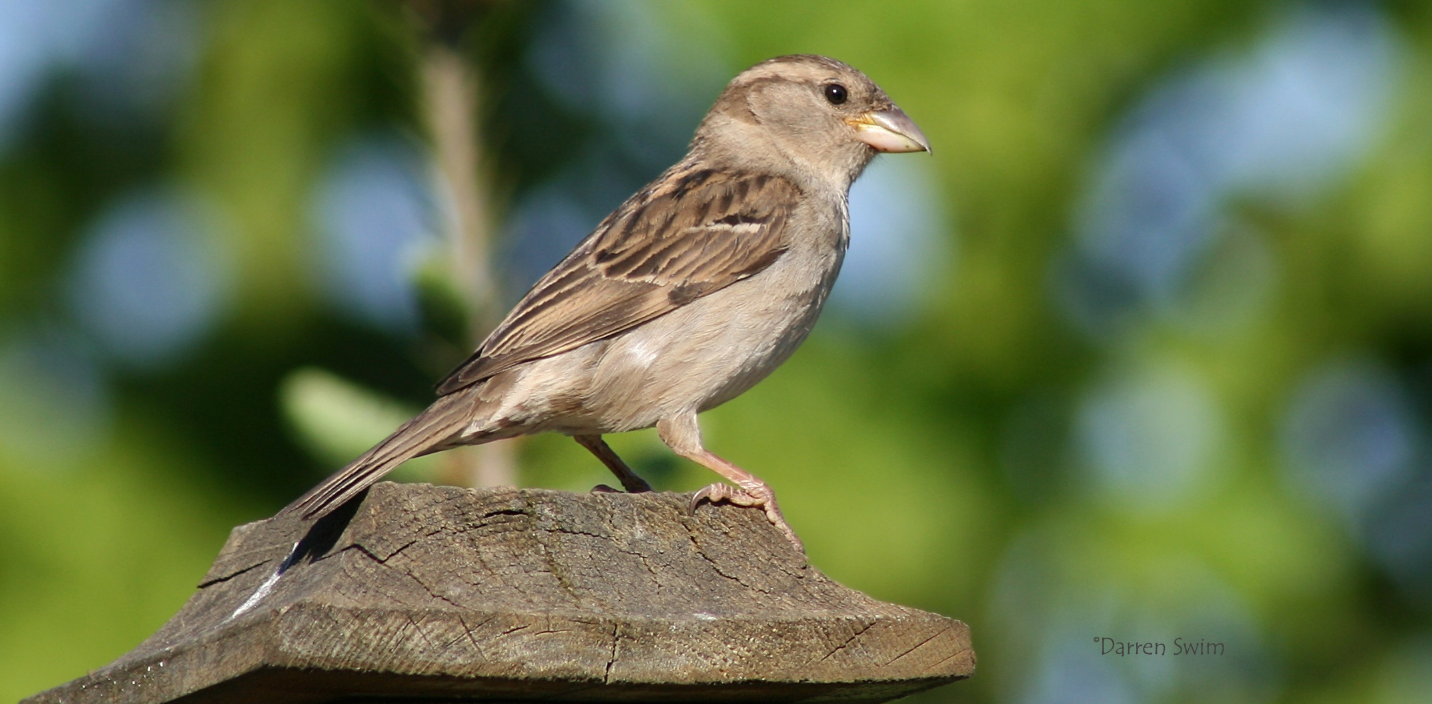
 RSS Feed
RSS Feed